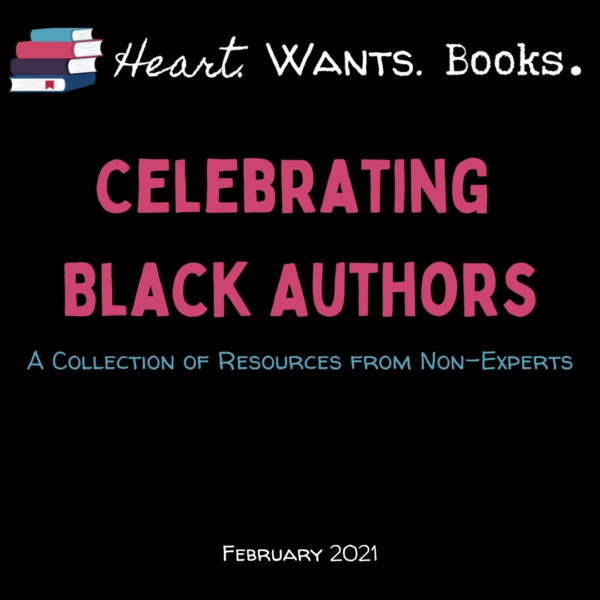The Modern Relevance of a Beloved Classic December 21, 2020

The following post includes affiliate links. More details here. As you’re doing your Amazon shopping, we’d be ever so grateful if you’d use our affiliate link to do so as it helps pay the bills around here!

As today is Winter Solstice, or the longest day of the year, I want to tell you where I wish I was celebrating this short day that is dark and full of night (not terrors), Velaris! If you don’t know about Velaris, please consider this a formal invitation to join us in this knowledge by reading Sarah J. Maas’s A Court of Thorns and Roses trilogy, and my favorite winter solstice book, the follow up novella, A Court of Frost and Starlight. (Is a “favorite winter solstice book” a thing? Well, it is now!) And if you give a reader a book, then they’ll ask for a time to talk about it, which is Friday, February 12 at 7:30 p.m. CST. Sign up here to let us know you’re traveling to Prythian with us this winter!

the Library of Congress
Dear readers, you know this is Ashley’s month and she’s got feelings about Louisa May Alcott, but here’s what I want to say first (because she’s busy being a fancy pants Realtor): if the year the second volume / half of the book turns 150 is when Hollywood puts out it’s seventh film adaptation, in addition to the four times BBC has adapted it, we don’t need to discuss IF there is lasting relevance to Little Women, but merely what that lasting relevance is. I think we hit on it at book club – pieces of this book speak to us and make our lives feel seen because the dynamics of family, both blood and found, and they haven’t really changed much over the decades. The slang and dress are quite different, but the relationships are very much the same. That’s one thing I adore about the classics – they’re classic for a reason. If we’re going to read dead white people, I want to read the authors whose characters take their Christmas breakfast to a family who needs to eat, and who aspire to find and be themselves, while working hard to pay the bills and put food on the table. I don’t need Odysseus running all over the Aegean bed hopping, but I do need these little women stumbling and persevering as they come of age and write their own futures. There is still much to be learned from them, and I glean new things each time I turn the pages of the fantastic text.
You know what, dear readers, Nikki covered it so, Imma tap out…
Just kidding, I have lots to say, but I want to be clear, there’s going to be a lot of feelings up in this blog post so gird your loins! I am not going to be discussing the biography of Louisa May Alcott because wikipedia has that covered for those who are interested and not in the know. I really want to focus on what Little Women has meant to millions of readers over the 150 years since its publication.

There is one book that has basically taken all of my feelings about Little Women and combined them into an academic work of amazingness. Like, anyone thinking about getting me a book for my shelves for Christmas, if you can’t find me a first edition copy of Little Women (which will run you a cool $15-20,000), Anne Boyd Rioux’s Meg, Jo, Beth, Amy: The Story of Little Women and Why It Still Matters would be an appropriate second choice. I have over 70 highlights in a work of non-fiction and that’s a big deal because the final 20% of the book is footnotes and an index. I seriously just want to block quote the entire book to all of us readers who truly love and appreciate Alcott’s most famous novel. If you like what I have to say here about Rioux’s work, at the very least go to amazon and read the prologue. Eight short paragraphs later and someone obviously started cutting onions in my office cause my eyes were stinging.

There’s a second book I want to mention before getting into the meat and potatoes of the post: March Sisters: On Life, Death, and Little Women, a compilation of four female authors’ “meditations on the power of great literature to shape our lives.” Kate Bolick, Jenny Zhang, Carmen Maria Machado, and Jane Smiley each take one sister, Meg, Jo, Beth, and Amy respectively and explore why and how that March sister has made an indelible mark on her life as a woman and writer. I have been trying to get it from the library for months now, but with the way our holds are stacked, the library’s one digital copy is never available to me.
Back to our regularly scheduled blog post…
Rioux’s book is separated into 3 parts: The Making of A Classic, The Life of a Classic, and A Classic for Today. My favorite section is the third one because Rioux fights for Little Women to be counted amongst the classics of American Literature and Alcott the revered “mother of us all,” we women writers of this great country. Even after One. Hundred. Fifty. Years. Schools don’t teach Little Women, but they teach The Scarlet Letter written by Alcott’s neighbor and contemporary, Nathaniel Hawthorne. How relevant to the life of today is the morality of an ostracised woman in Puritain society when Alcott’s themes of family life, childhood imagination, growing up, and surviving the loss of a sibling can never and will never become obsolete? Because, sweet, darling, readers, this book is written by a woman about the inner lives of girls and women. It has been, for generations, a beloved tale of coming of age as a female, growing up and becoming the person one feels one is on the inside, not just who society wants and expects us to become, especially as women. Jo doesn’t settle for a life she doesn’t want. She becomes a writer, a school headmistress, and a teacher, AS WELL AS a wife – to a man who gives up his dream of becoming a professor at a university out west to be with her – and a mother.
Without Alcott’s fiery, yet bookish, Josephine March we wouldn’t have the “spunky young heroine[s] with a literary bent” like Rebecca of Sunnybrook Farm, Anne Shirley, Hermione Granger, Francie Nolan of A Tree Grows in Brooklyn, or even Scout Finch of To Kill A Mockingbird. What a sad world this would be if these female authors had never seen in Jo exactly who they wanted to become.
This is always the power that books have on us. That we as readers see ourselves and people we know and love in the characters that live between the book covers. We can better relate to those we know by emulating the good examples we see on the page. My challenge to you all is this: Read Alcott’s masterpiece to all your littles, be they women or men. Show your little women that no matter which sister most reflects her heart that she deserves love, be it familial or romantic, and has immense value not just in her family, but the world. Prove to your little men that the protagonist in a story doesn’t have to look like them to be enjoyable. But, perhaps these littles who will become men one day can begin to see that the world Marmee created for her daughters, a world where everyone “[learns] to live with and for others,” without sacrificing who they are!, is the best type of world to live in.
~Ashley

PLEASE SUPPORT US WHEN YOU SHOP BY FIRST CLICKING ON THE IMAGES BELOW:









“I don’t need Odysseus running all over the Aegean bed hopping…” THANK YOU, YES. The “little” lives in Little Women are far more interesting and certainly more relatable. I don’t know why it’s not taught. Maybe the overt religiosity? It is a consistent theme. Maybe schools don’t want to risk the appearance of partiality or having debates about the book devolve into religious debates. Just hazarding a guess.
I think the overly religious piece has some merit, but then there’s immoral Odysseus who is taught, so I can accept the Lack of Little Women, but we need something better than Homer’s hot mess character to instruct our impressionable high school (and college, yes I suffered through it twice) freshman. The question is just what, and I think there are loads of fabulous alternatives though none come to me right now.
~Nikki